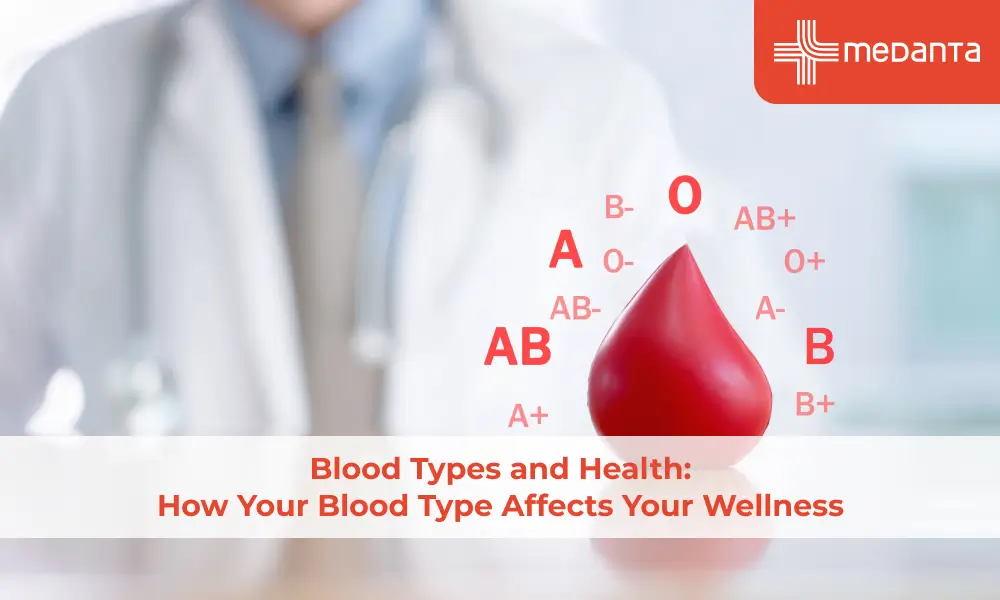Breathless and Beyond: Understanding Acute Respiratory Distress Syndrome (ARDS)
Acute respiratory distress syndrome (ARDS) is a condition in which fluid builds up in the tiny, elastic air sacs (alveoli) of the lungs. The fluid inhibits adequate air from entering the alveoli, leading to the release of less oxygen into the bloodstream. This deprives the organs of sufficient oxygen needed to function properly.
ARDS commonly occurs in people who are critically ill or have suffered grave injuries. The main symptom of ARDS is severe shortness of breath, which usually initiates within a few hours to a few days after injury or infection.
Many people who develop ARDS succumb to it. The risk of death increases with age and the severity of illness. Some people who survive ARDS recover completely, while others suffer long-term lung damage and complications.
Causes:
The cause of ARDS is severe illness or injury, which can cause damage to the membrane of the blood vessel, leading to fluid leakage. The underlying causes of ARDS include:
a) Sepsis: Widespread infection in the bloodstream is the most common and serious cause.
b) Inhalation of harmful substances like smoke or chemical fumes can result in ARDS.
c) Severe pneumonia usually affects all five lobes of the lungs.
d) Head, chest or other major injuries due to accidents, such as falls or car crashes, can cause serious damage to the lungs or the part of the brain that controls breathing.
e) Coronavirus disease (COVID-19) may cause ARDS
f) Other illnesses such as pancreatitis (inflammation of the pancreas), massive blood transfusions and burns.
Symptoms:
The signs and symptoms of ARDS usually depend on the intensity, cause, and presence of underlying heart or lung disease. They include:
- Severe shortness of breath
- Strained, irregular and rapid breathing
- Low blood pressure
- Confusion and extreme tiredness
Diagnosis:
There's no test designated to detect ARDS. The general diagnosis depends on the physical exam, chest X-ray and oxygen levels.
- Imaging techniques:
a) Chest X-ray: Helps to visualise parts of lungs that are filled with fluid and the amount of fluid in them and whether the heart is enlarged.
b) Computerized tomography (CT): Allows to visualise different cross-sectional views of internal organs with help of X-ray images, which give detailed information about the structures inside the heart and lungs.
- Lab tests
Testing blood from an artery can allow doctors to measure the oxygen level. Another purpose of a blood test is to check for signs of infection or anemia. Fluid secretions from the airway in cases of lung infections may be tested to specify the cause of the infection.
Causes
As ARDS shares the same signs and symptoms with certain doctors may prescribe heart tests such as:
- Electrocardiogram. This machine tracks the electrical activity of the heart. It involves a painless process of attaching a few wired sensors to the body.
- Echocardiogram. A sonogram of the heart can reveal structural and functional problems of the heart.
Treatments:
The initial treatment goal of ARDS involves improving the levels of oxygen in your blood to aid proper organ functions. For this, the doctor will likely use:
a) Supplemental oxygen: Commonly used to treat milder symptoms or used as a temporary measure in which oxygen may be supplied via a mask fixed tightly over the nose and mouth.
b) Mechanical ventilation: A mechanical ventilator aids breathing by pushing air into the lungs and forcing some of the fluid out of the air sacs. Most people with ARDS get relief with the help of this machine to breathe
Careful management of the number of intravenous fluids is the next crucial step, for which doctors prescribe medication.
- Prevention and treatment of infections
- Relieving pain and discomfort
- Prevention of blood clots in the legs and lungs
- Reducing gastric reflux
- Sedation
Conclusion:
A condition in which fluid accumulates in the lungs' air sacs, depriving organs of oxygen. Acute respiratory distress syndrome (ARDS) can occur in critically ill patients or those with significant injuries. It is frequently fatal, with the risk increasing with age and the severity of the illness.
People suffering from ARDS have severe shortness of breath and are frequently unable to breathe on their own without the assistance of a ventilator. Oxygen, fluid management, and medication are all part of the treatment.






